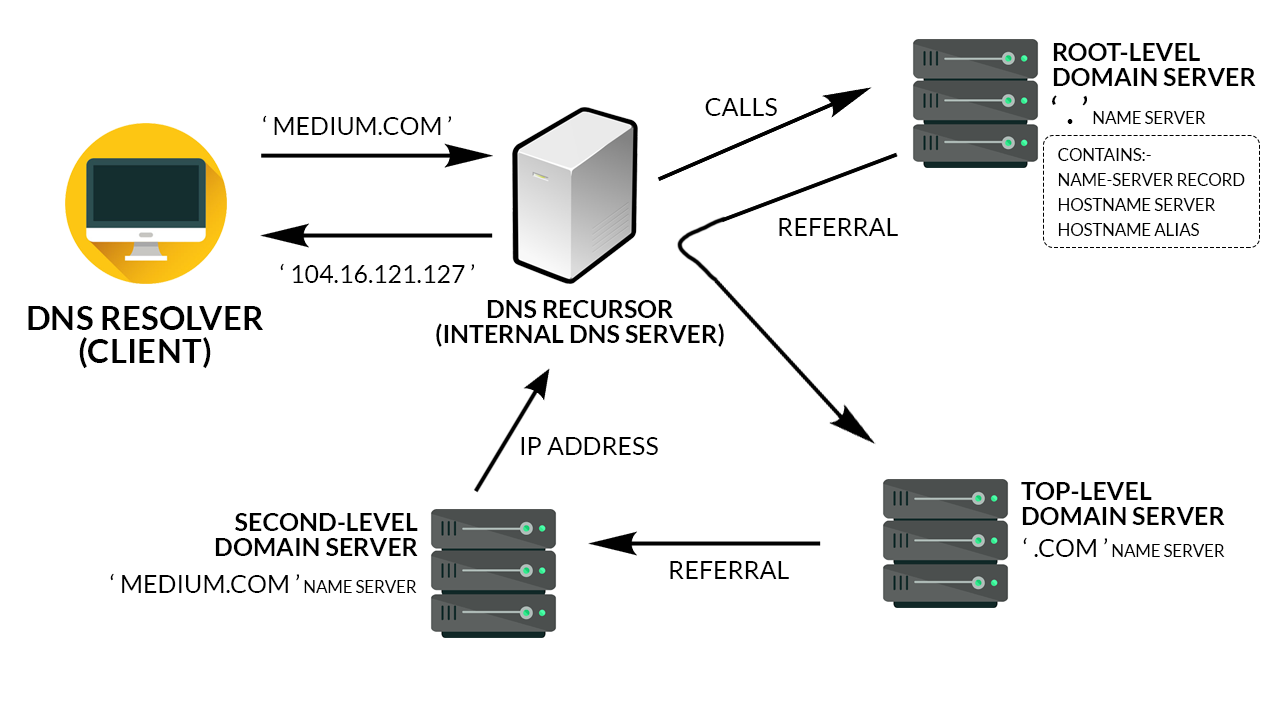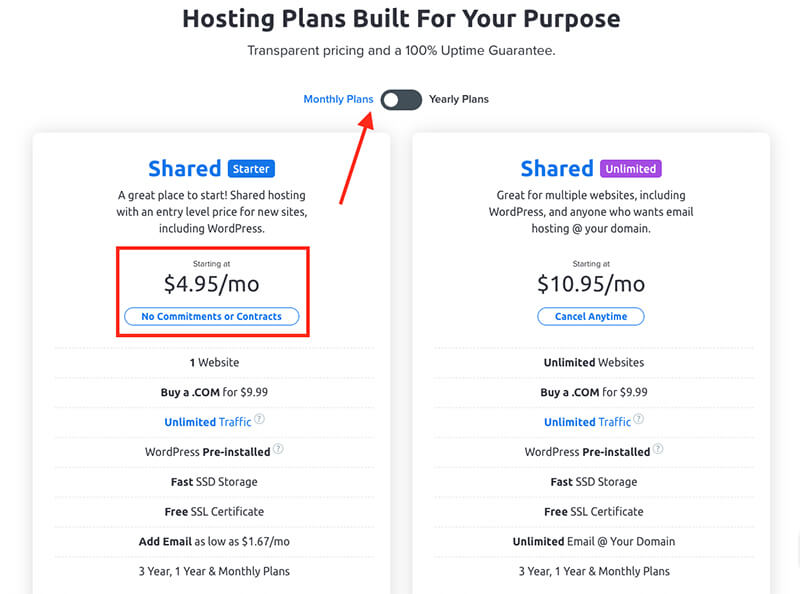
FTP Clients allow users to send files to or from remote servers. The first FTP clients were command-line applications, but most desktop and web clients today offer a graphical interface.
Drag and Drop, text editor and directory comparisons are some of the key features of a good FTP Client. Some have limited functionality. However, others provide access to cloud storage. Many allow you to schedule transfers and pause or resume file sharing. But it is crucial to find a vendor who has a history of creating reliable software.
FTP clients can be used to download and upload files. Once you connect to an FTP server the FTP client allows you to select which directories are to be downloaded and uploaded to. You can also choose the transfer speed. You can also set bandwidth limits that limit the speed at which files can be transferred. This can be helpful for transferring many files at a time.

FTP is essential for website owners who want to keep their sites updated and maintained. FTP uses two TCP connections for file transfer: a control, and a data, connection. File Transfer Protocol is a protocol which prioritizes efficiency over resource optimization. Compared to other protocols, FTP has higher maximum bit rates. FTP uses a smaller number of resources. FTP is the best choice if you are looking to download large files.
First, configure your computer to allow you to use an FTP client. FTP software is usually built into Mac and Windows computers. You can create your own server, or you can allow other users to access your files.
To be able to use FTP clients, you will need to create a user account. Depending on the type of account you're trying to create, you may be required to provide some basic information such as your email address or password. You should keep your credentials separate from FTP. If someone tries to hack into your FTP account they will not be able see your login information.
The security of your account is another important aspect. If you have shared accounts, it is necessary to set up account activity rules after six unsuccessful logins. This can be done with an administrator-approved rule.

FTP encrypts all data, before it can be sent to the server. SFTP is more secure as it encrypts both the data and control channels. FTPS also adds Transport Layer Security.
Other ways to secure your account include password protection, restricting anonymous accounts and allowing administrators access to account security rules. You can specify that only users with a particular username can access your account.
FAQ
Do I choose WordPress or a web builder?
You can start small and build a solid web presence. If you have the resources and time to create a fully-fledged website, go for it. But if you don't have these resources yet, starting with a simple blog might be the best option. You can always add features later as you learn how to design and develop websites.
Before you start building your website, it is important to establish a primary domain. This will provide you with a point of reference when you publish content.
How to Create a Static Website
There are two options for creating your first website:
-
Content Management System (a.k.a. WordPress): WordPress is available as a download. This software can then be used to create an indispensable website.
-
You will need to create a static HTML website. If you have a good understanding of HTML, this is not difficult.
Consider hiring an expert to build your large website.
Start with option 2.
Can I use HTML & CCS to build my website?
Yes! If you've read this far, you should now know how to create a website.
After you have learned how to structure a website, you will need to know HTML and CSS.
HTML stands as HyperText Markup Language. This is like writing a recipe. It would include ingredients, instructions, as well as directions. HTML can also be used to inform a computer if certain parts of text should appear bold, underlined and italicized. It's the language of documents.
CSS stands for Cascading Style Sheets. It is like a stylesheet that you use to create recipes. Instead of listing every ingredient and instructions, you create general rules about font sizes, colors, spacing and other details.
HTML tells your browser how to create a web page. CSS tells you how.
Don't worry if you don't know the meaning of either one of these terms. Follow these tutorials, and you'll soon have beautiful websites.
Statistics
- Studies show that 77% of satisfied customers will recommend your business or service to a friend after having a positive experience. (wix.com)
- It's estimated that in 2022, over 2.14 billion people will purchase goods and services online. (wix.com)
- In fact, according to Color Matters, a signature color can boost brand recognition by 80%. There's a lot of psychology behind people's perception of color, so it's important to understand how it's used with your industry. (websitebuilderexpert.com)
- When choosing your website color scheme, a general rule is to limit yourself to three shades: one primary color (60% of the mix), one secondary color (30%), and one accent color (10%). (wix.com)
- At this point, it's important to note that just because a web trend is current, it doesn't mean it's necessarily right for you.48% of people cite design as the most important factor of a website, (websitebuilderexpert.com)
External Links
How To
What is website hosting?
Website hosting refers simply to the place that people visit when they visit a website. There are 2 types.
-
Shared hosting is the cheapest. Your website files reside on a server owned by someone else. Customers who visit your website send their requests via the Internet over to that server. You then receive the request from the owner of the server.
-
Dedicated hosting - This is the most expensive option. Your website is hosted entirely on one server. You and your traffic are protected by the fact that no other websites share server space.
Shared hosting is preferred by most businesses because it's cheaper than dedicated hosting. With shared hosting, the company that owns the server provides the resources needed to run your website.
Each option has its pros and cons. Here are some key differences between them.
Sharing Hosting Pros
-
Lower Cost
-
Easy To Set Up
-
Frequent Updates
-
It is available on many Web Hosting Companies
Shared hosting can often cost as little as $10/month. However, this price typically includes bandwidth. Bandwidth refers to the amount of data you can transfer across the Internet. So even if you only upload photos to your blog, you may still pay extra money for high amounts of data transferred through your account.
You'll soon realize why your old host cost so much once you get started. Most shared hosts don't offer any customer support. You'll be on your way after they walk you through setting it up.
You'll want to look into a provider that offers 24-hour phone support. They'll take care of any issues that come up while you sleep.
Dedicated Hosting Cons:
-
More Expensive
-
Less Common
-
Requires specific skills
With dedicated hosting, everything you need for your website is at your fingertips. You don't need to worry about bandwidth usage or RAM (random access memory).
This means that you will have to pay a little more upfront. However, once your business goes online, you'll discover that you don’t need as much technical support. You'll quickly become an expert at managing your server.
Which Is Better For My Business:
The answer will depend on the type and purpose of your website. Shared hosting might be best if you just want to sell products. It's easy to set up and maintain. A server shared with several other sites means that you will receive frequent updates.
However, dedicated web hosting is the best way to build a community around you brand. It allows you to focus on building your brand and not worrying about managing your traffic.
Bluehost.com is the best web host for both. Bluehost.com offers unlimited monthly data transfers, 24/7 customer support, domain registrations free of charge, and a 30-day guarantee for your money back.